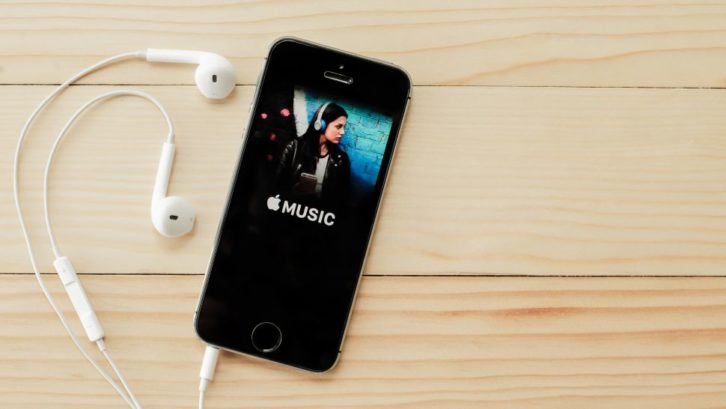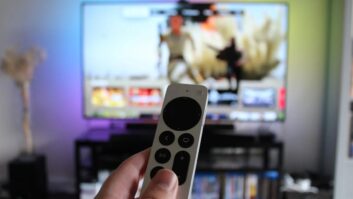
Without much fanfare, Apple Music lossless and spatial audio are finally rolling out on its Android app.
Upon launching in June, both Apple Music lossless — Apple’s answer to the still-unreleased Spotify HiFi — and the music service’s spatial audio feature were only available on iOS and macOS devices. Now, it’s coming to non iPhone users.
I can’t enable either feature on my Android phone at the time of this writing, but Engadget has confirmed they’re gradually being added via update.
For the unfamiliar, lossless audio allows Apple Music subscribers to play compatible tracks at a much higher resolution; in other words, at higher quality. That includes support for both “CD quality” 16-bit/44.1kHz streaming or 24-bit/48kHz, which is true Hi-Res Audio.
Be warned, though, that you’ll need a good pair of wired headphones — such as the Sony WH-1000XM4 in wired mode — to both hear the difference and enable lossless streaming in the first place. Current Bluetooth tech, even on Apple’s own high-end AirPods Max headphones, can’t handle the volume of data that lossless requires.
Spatial audio, conversely, is compatible with a much wider range of playback devices — though we’d still recommend a pair of the best headphones to get the most out of its 3D audio effect. Spatial audio uses Dolby Atmos mastering to make it seem as though different vocal and instrumental elements are playing from all around you — when you’re playing songs in the Apple Music app, look for a Dolby Atmos logo to check if content is available in spatial audio.
You may also need to enable spatial audio in Apple Music’s settings, unless you’re using Apple or Beats headphones that include the Apple H1 or W1 chips. The Apple AirPods, AirPods Pro and Powerbeats Pro, to name a few, should enable spatial audio automatically.
While there’s obviously been a delay in bringing Apple Music lossless and spatial audio to Android, their eventual arrival could be another sign that Apple is loosening up about keeping all its best features within its own ecosystem. The Beats Studio Buds previously hinted at a change in approach, ditching the H1 and W1 chips in favor of a processor that allowed for greater feature and connectivity parity across iOS and Android.
This article originally appeared on tomsguide.com.
See also: Sony’s New HT-A7000 Flagship Soundbar Supports Dolby Atmos, DTS:X And HDMI 2.1













